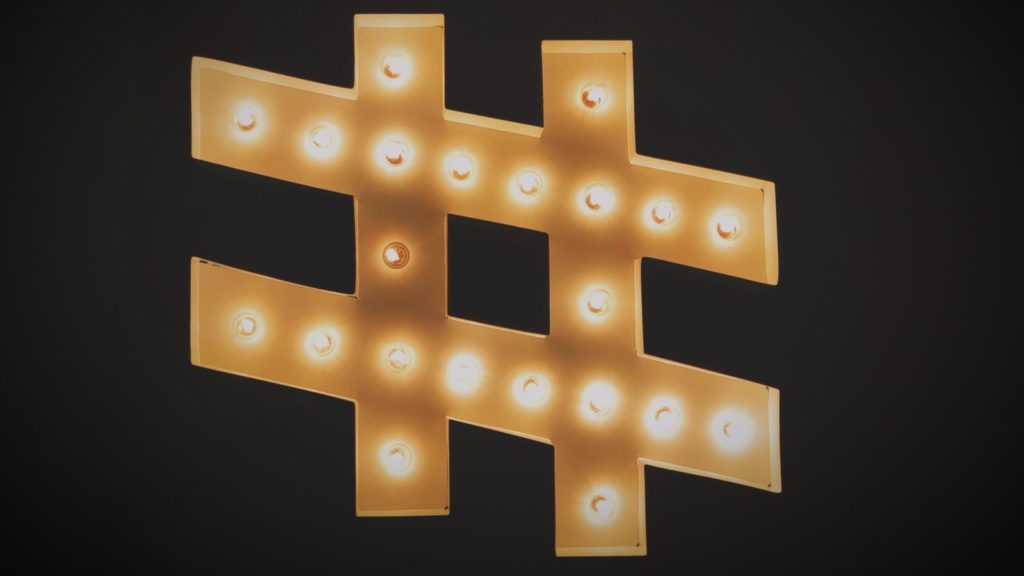OpenAI has launched GPT 5.2, a major model upgrade now available in both the API and ChatGPT. It is described as the company’s most…
A brief guide to creating powerful hashtags

If you’ve ever wondered what fuels social media these days, the answer is the hashtag. No longer the currency of gum-chewing, pre-teen girls, a powerful hashtag can circle the world faster than Superman can change into tights.
And as it flies, a hashtag has the power to influence, convert, motivate and engage. It’s a tiny nugget of super-charged marketing kryptonite that will get people talking about your brand for the right reason, encourage engagement and conversion.
Or not. Some — actually most — hashtags never leave the ground, falling flat for any number of reasons. Why? Because the majority of great hashtags aren’t born, they’re made with a lot of thought and care and, sometimes, just a little bit of luck.
Having said that, some of the best hashtags have been created on the spur of the moment, but most are carefully crafted.
So what makes a hashtag great? And how do you go about creating one for maximum impact and brand engagement?
Start by making a list of iconic keywords and hashtags and you’ll see that the most effective ones have the following qualities in common:
They’re short and focussed
You want to get people talking, so a good hashtag should roll off the tongue easily and encapsulate the essence of what you’re saying. Less is definitely more here – one or two words or a short phrase is ideal. Calvin Kleins’ hugely effective #MyCalvins campaign is a great example of a brand hitting the sweet spot.
They build community and engage
Coca Cola’s #shareacoke comes to mind. This hashtag’s call to action created a vibrant sense of community, got millions clinking bottles and posting pics online and earned billions for the brand. Domino’s Pizza’s #letsdolunch worked for exactly the same reason.
They empower and unify
To encourage British women to get up, out and exercising, Sport England launched #thisgirlcan. The campaign was a hit because it challenged women and girls in a positive and healthy way. L’Oréal’s #worthsaying campaign, which got women talking about what matters most to them, is another great example of a hashtag that works because it empowers and reveals universal commonalities.
They’re smart and funny
It’s hard to get people excited about loo paper, but Charmin did it brilliantly with their #tweetfromtheseat, which resulted in a wave of hilarious posts on social media, which joked about doing the previously unspeakable “number 2” and led to a well-deserved boost in brand awareness and engagement.
They’re brand-appropriate
For a hashtag to work FOR your brand, rather than against it, make sure that it’s appropriate to both your brand identity and your market. A successful hashtag campaign will highlight your brand’s personality in a positive way. All of the examples mentioned above succeed in doing this, which is another reason for their success
So next time you get together around a table to brainstorm hashtags with your team, keep these points in mind because a great hashtag is one of the most powerful tools in digital marketing today.
Feature image: Jon Tyson via Unsplash

